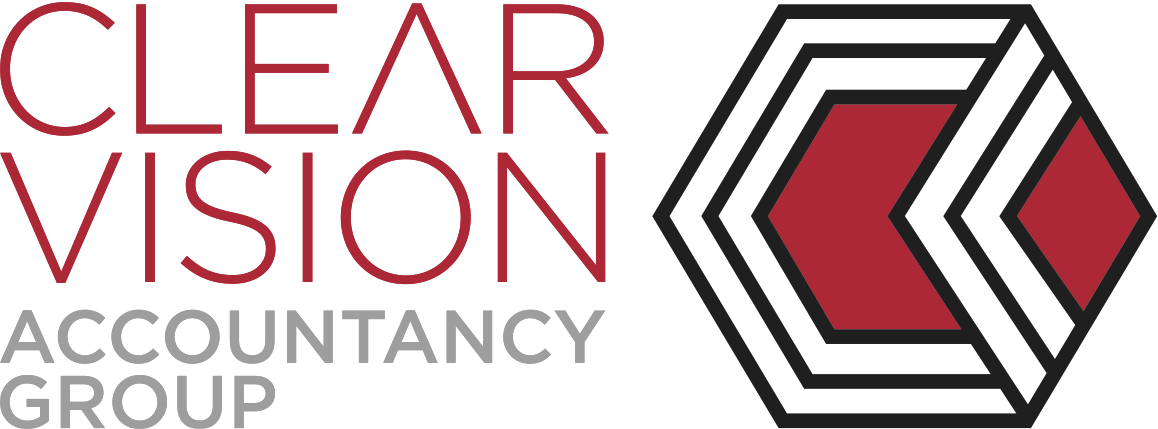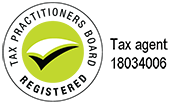Business by Design: Beating the Odds!
Key elements of successful businesses – why building a business by design is the key to your success
I’m personally a strong believer in the principle of business by design. That’s because I’ve seen examples time and time again of successful businesses that are created by careful design of each element of the business. And in the opposite case, I’ve seen many otherwise viable businesses fail simply because they left large parts of their business to chance, rather than creating a business by design.
This series of articles will be addressing the key reasons why most businesses, primarily small to medium enterprises go out of business. And help you to understand how to design your business to avoid these problems and succeed!
Part 1 – Beating the odds!
An article I read recently cited ASIC data which indicated that more than 60 percent of small businesses cease operating within the first three years of starting. That’s a pretty daunting figure if you are thinking about starting a business.
Let that sink in for a minute – LESS THAN HALF SURVIVE BEYOND THREE YEARS!
Of course, not all of those that cease trading are financial failures or disasters for their owners. Many businesses transition into other businesses, owners find that working for themselves is not what they’d hoped and some get acquired by other businesses.
But what about those that do fail? What is it that pushes them under? What leads to the demise of what may have been a long held dream of the business owner?
And most importantly, how can we learn from these failures and design a business that will succeed?
That same article provided some further data from ASIC around corporate insolvencies and the recorded reasons for the business going under. These included:
- 44 percent had inadequate cash flow or high cash use
- 42 per cent suffered poor strategic management
- 34 per cent suffered from trading losses
Already there is a pattern emerging here. Sometimes a business is simply just a bad idea or there isn’t a genuine market for the product or service – but quite often the issue isn’t with the business idea – it’s with how the business is managed and designed.
Being the world’s greatest carpenter, dentist, builder or chef doesn’t guarantee you a successful business if you get the management and finances wrong.
Another issue identified was simply a lack of capital. Many businesses need a significant investment to reach critical mass. Without that, they may never thrive.
Other issues include:
- Lack of management experience
- Lack of a business plan or realistic business model
- Insufficient marketing
- Poor financial management
We have a variety of articles on this website to help you address each of these common causes of failure so that your business thrives and doesn’t become part of ASIC’s insolvency statistics!
The post Business by Design: Beating the Odds! appeared first on Clear Vision Accountancy Group.





